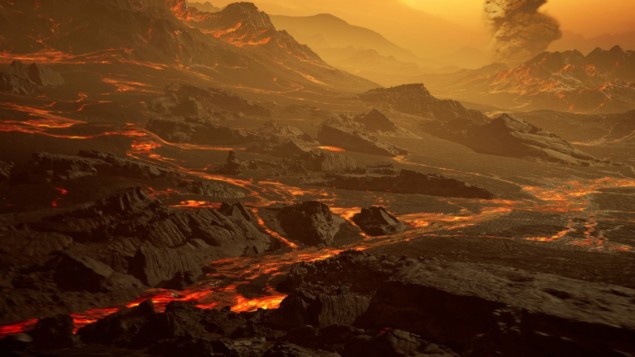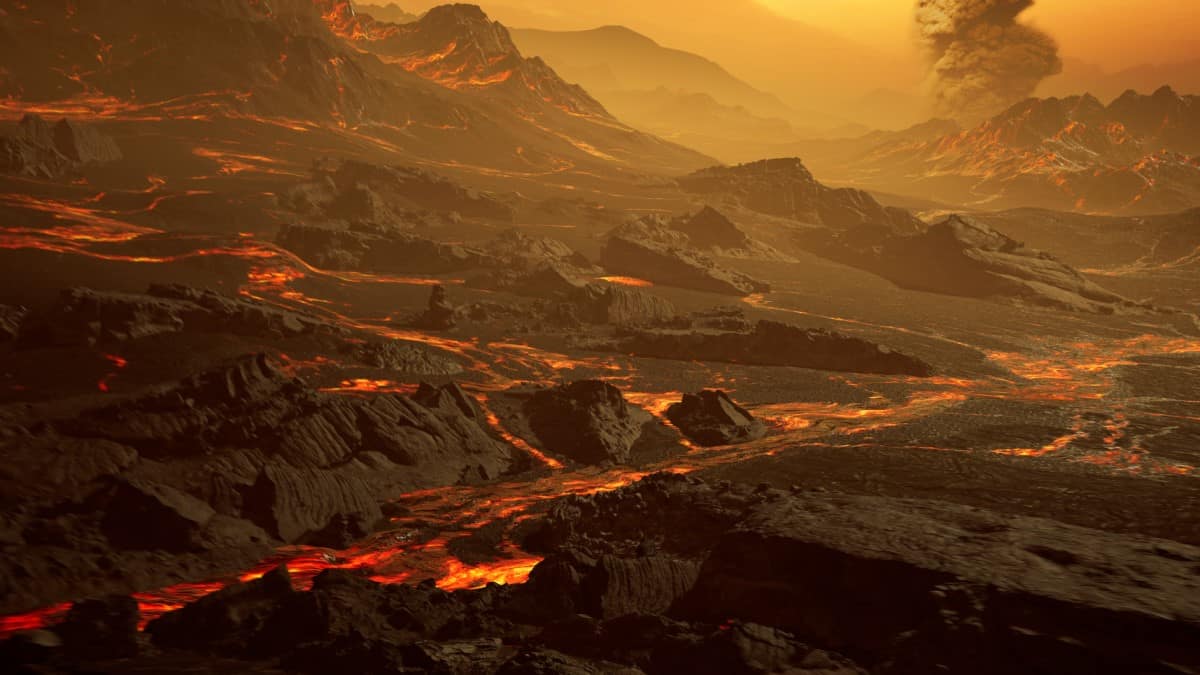
A newly discovered exoplanet called Gliese 486b could offer the best opportunity yet for studying the atmosphere of a terrestrial planet beyond the solar system. An international team, made up of astronomers at the CARMENES project and NASA’s TESS mission, showed that several aspects of Gliese 486b make it ideal for atmospheric spectroscopy. Indeed, team member Ben Montet of the University of New South Wales says, “This is the kind of planet we’ve been dreaming about for decades”. The discovery could improve our prospects for finding extrasolar atmospheres capable of supporting life.
Exoplanets orbit stars other than the Sun and in the three decades since the first one was found, the discovery of more than 4000 exoplanets have been confirmed by astronomers. Super Earths are among the most sought-after targets of all exoplanet searches. Slightly larger than Earth, these planets have stable, rocky surfaces and could have substantial atmospheres – which astronomers hope could support life in some cases.
Studying atmospheres typically involves observing how light from the exoplanet’s star is affected as it passes through the atmosphere when the exoplanet transits across the star when viewed from Earth – something that Gliese 486b does.
As this light shines through the atmosphere, certain wavelengths are absorbed by its component gases. Astronomers can use these characteristic absorption lines to determine the composition and temperature of the atmosphere. Alternatively, they can study light emitted or reflected by the planet, just before it passes behind the star.
Nearby red dwarf stars
CARMENES and TESS use complementary techniques to discover super Earths and determine whether they are suitable for further analysis. In their study, the researchers searched for exoplanets orbiting nearby red dwarf stars – which are far more likely to host rocky planets than Sun-like stars. Through their search, they detected a particularly interesting super Earth orbiting the star Gliese 486, just 26 light-years away.
The exoplanet Gliese 486b is three times the mass of Earth and 1.3 times the radius, yet it has an orbital period of just 36 hours – placing it extremely close to its star. The astronomers also predict that Gliese 486b has a surface temperature of around 430 °C – making it slightly cooler than Venus.

Super Earth ‘is best place to look for signs of life’
While these conditions may sound extreme, they are not harsh enough to strip away the exoplanet’s atmosphere. This could mean that Gliese 486b has retained some atmospheric hydrogen and helium from its initial formation. Moreover, the planet’s temperature is sufficiently high to puff out its atmosphere, without any gas escaping, making it ideal for spectroscopic studies. Indeed, the astronomers report that Gliese 486b is the best rocky planet ever discovered for studying with emission spectroscopy; and the second best for transmission spectroscopy.
Although red dwarfs are seen as strong candidates for hosting habitable exoplanets, their high levels of stellar activity also threaten to destroy their exoplanets’ atmospheres. Through further studies of Gliese 486b’s atmosphere, astronomers will be able to better assess whether the search for extrasolar life should be focused on red dwarfs.
The research is described in Science.
